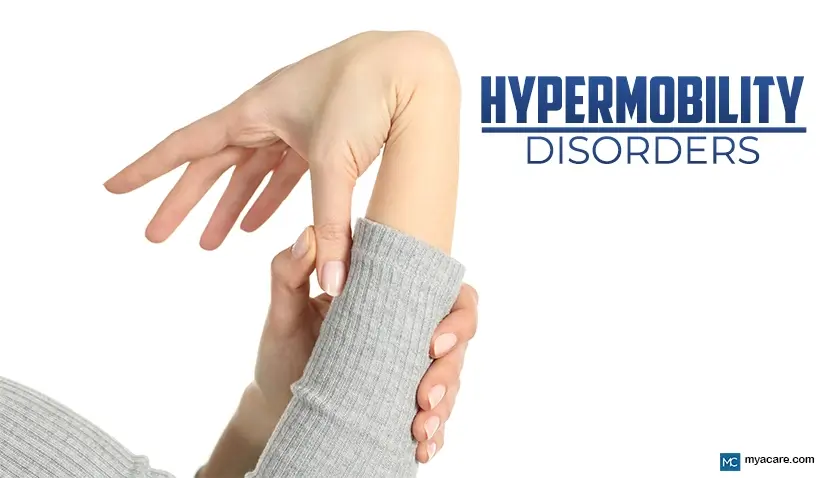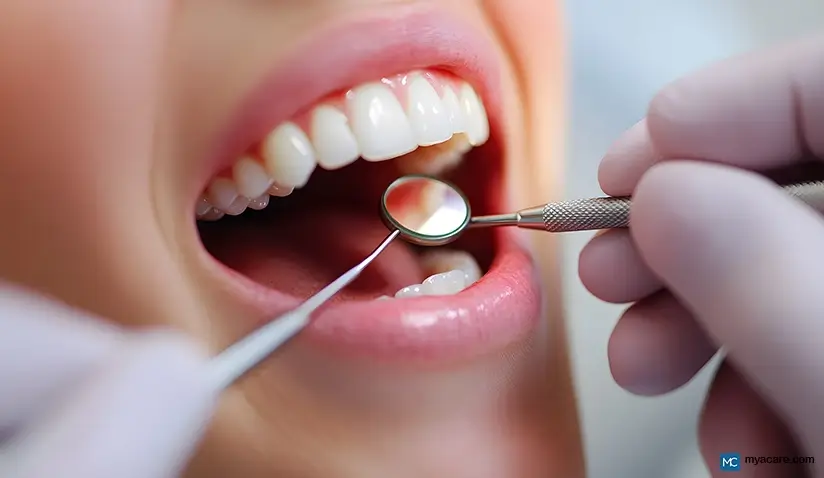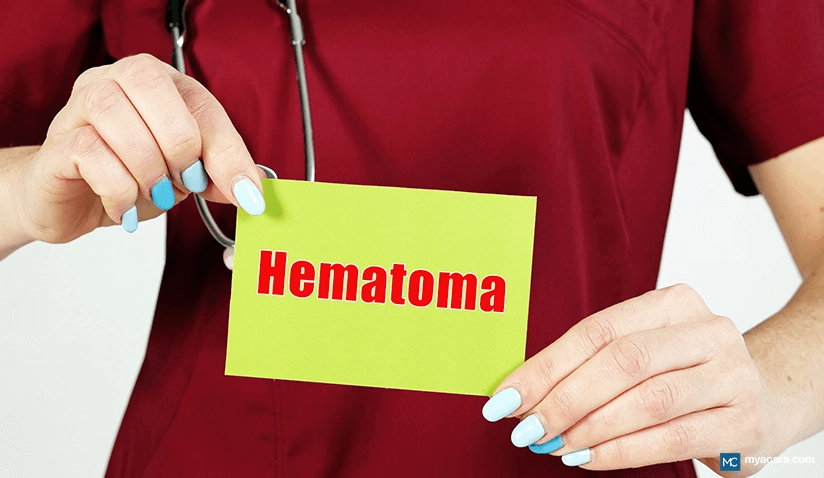Hypermobility Disorders: Beyond the Joints – Understanding the Full Spectrum of Symptoms

In lay terms, hypermobility typically refers to joint hypermobility, i.e., having joints that are more flexible than usual. However, while joint flexibility is a characteristic feature of hypermobility disorders or hypermobility syndromes, they can also cause symptoms in other parts of the body. There is a common misconception that hypermobility only affects the joints. The reality is that there are a range of conditions that exist on a spectrum of mild to severe, as defined below. While some people with hypermobility experience no problems, others may suffer from pain, instability, and chronic fatigue.
Furthermore, it is important to note that while ‘double-jointed’ is a common term used to describe hypermobility, it is not synonymous with hypermobility syndrome. People with hypermobile joints may be called double-jointed since they are able to stretch their joints beyond normal limits, such as bending the thumbs backward to touch the wrists. So, while being double-jointed is a characteristic of hypermobility syndrome, it is not the whole picture. Hypermobility syndromes involve a broader range of symptoms and potential health implications.
What is Hypermobility Spectrum Disorder?
Hypermobility Spectrum Disorders (HSD) are connective tissue disorders causing joint hypermobility, instability, and pain. HSD disorders often affect multiple systems in the body, and a person can have additional symptoms like fatigue and headaches.
How Common is Hypermobility?
Some degree of hypermobility occurs in about 1 in 10 individuals. Specific hypermobility syndrome disorders, though, are less common. Hypermobile Ehlers-Danlos syndrome (hEDS), for instance, is found in about 1 in 3,100 to 5,000 people.
Hypermobility Spectrum Disorder vs EDS (Ehlers-Danlos Syndrome)
EDS, an inherited condition, affects connective tissue throughout the body and not just the joints. For instance, signs of hypermobility may also be seen in the blood vessels and skin of a person with EDS. On the other hand, hypermobility spectrum disorder primarily affects the musculoskeletal system. However, sometimes, extra-articular involvement can be observed in cases of HSD, such as anxiety, bladder dysfunction, and various functional gastrointestinal disorders.
Causes
There are some factors that directly cause hypermobility, while other factors worsen existing joint laxity. Understanding the causes of hypermobility may help with treatment and screening of other family members as well. There are multiple reasons why you could have hypermobility.
Genetic Factors
Having a family history of joint hypermobility means you are more likely to develop the same condition since you could inherit the genetic alterations responsible for certain hypermobility problems. Ehlers-Danlos syndrome is caused by mutations in the COL3A1 and/or COL1A1 genes. These genes influence collagen formation. Collagen is a widespread and important connective tissue found in several organ systems throughout the body.
Hormonal Factors
Hormones produced during puberty may influence joint hyper-flexibility. With regard to hypermobility syndrome and pregnancy, changes in hormones during pregnancy can alter joint flexibility and laxity. There can be an increase in the chance of preterm labor or miscarriage in women with Ehlers-Danlos syndrome. Hypermobility in pregnancy may not cause problems, but it is important to visit your doctor regularly during this time.
Neurological Factors
Neurological conditions can impact your joints. For instance, about half of individuals with neurodivergence also have joint hypermobility. About 55% of patients with functional neurological disorders have hypermobility, but the reasons why this association exists are not currently known. Patients with ADHD are also more likely to have hypermobility disorder. More research is needed to determine the association between neurodivergence disorders and joint hypermobility.
Environmental Factors – Exercise and Nutrition
Joints can be influenced by activities that affect muscle tone and coordination. For example, if you play a sport involving repetitive use of a joint, you might find the joint becoming more flexible. Besides physical activity, nutrients can also play a role. In fact, folate deficiency may also be linked to hypermobility.
Types of Hypermobility Disorders
There are various types of hypermobility disorders that are diagnosed. A general classification of these disorders is provided below:
- Generalized hypermobility syndrome (GHS): A diagnosis of generalized hypermobility spectrum disorder is given when joint hypermobility is present without any other underlying medical condition.
- Benign joint hypermobility syndrome: Benign hypermobility syndrome is a milder form of GHS with fewer symptoms. Benign hypermobility syndrome in children can lead to them developing arthritis later in life.
- Hypermobile Ehlers-Danlos syndrome (hEDS): A genetic disorder characterized by joint hypermobility and other symptoms, including fragile blood vessels and hyperextensible skin. While hypermobility disorder can include other conditions, hEDS is a specific hypermobility condition. When comparing hypermobility disorder vs EDS, patients with hypermobile EDS can have serious complications like aortic dissections.
- Partial hypermobility: Partial hypermobility is the hypermobility of specific joints. While this may make you more flexible, it can also increase the risk of joint subluxation. For instance, subluxation and dislocation could occur in a shoulder joint if it is hypermobile.
Signs and Symptoms
You may have several hypermobility symptoms. The symptoms of hypermobility vary depending on the type and severity of your condition.
Joint and Musculoskeletal
- Pain and Fatigue: With hypermobility, there is often chronic pain in multiple joints, and patients may experience muscle fatigue. Joint hypermobility has also been observed in patients with chronic fatigue syndrome.
- Joint Instability and Dislocations: A high frequency of partial and complete dislocations, subluxations, muscle tears, and arthralgia may occur due to hypermobility. Joint instability was put forward as a possible cause behind American footballer Patrick Mahomes’s kneecap dislocation in 2019.
- Muscle Stiffness and Weakness: These symptoms often result from the person compensating for joint instability. There may also be discomfort and swelling of the joints.
- Joint hypermobility: Hypermobility syndrome symptoms include crepitus (cracking or popping sounds) upon touch. If you have hypermobility and have cracking joints, this can be painful. Hyperextensibility of joints can be seen in people who have ‘Hitchhiker’s thumb,’ where the thumb can bend up to 90 degrees. Hyperextensibility is typically seen in the fingers, wrists, elbows, and knees. Cricketer Jasprit Bumrah’s unique bowling action serves as an example of elbow hyperextensibility.
- Flat feet: People with hypermobility are more likely to have flattened feet compared with the normal population due to greater joint laxity.
Complications can include:
- Hernia and pelvic organ prolapse: This is commonly a result of hypermobility.
- Osteoporosis: A loss of minerals in the bones can occur due to hypermobility.
- Arthritis: This can occur even in children who have hypermobility problems
- Scoliosis and Back and Neck Pain: This is due to spinal hypermobility and potential disc issues related to joint hypermobility.
Skin and Connective Tissue
- Skin Fragility and Thinning Skin: Easy bruising, sensitivity, or delayed wound healing are some hypermobility signs.
- Scarring: Often, thin or widened scars from minor injuries, allergies, or skin rashes are present. People with EHS often have atrophic scars due to delayed healing of wounds.
- Skin hyperextensibility: Skin is looser and has more elasticity than normal.
- Stretch Marks: Premature or excessive stretch marks unrelated to growth or weight changes may be present if you have hypermobility joint disorder.
Digestive and Gastrointestinal
- Gastroesophageal Reflux Disease (GERD): This can occur commonly in hypermobile individuals due to laxity in the esophagus. It is often one of the symptoms of hypermobility seen in patients with EDS.
- Gastroparesis: Delayed stomach emptying causing bloating, nausea, and fullness has been found in patients with hypermobility syndrome disorders like EDS.
- Irritable Bowel Syndrome (IBS): Symptoms like abdominal pain, constipation, and diarrhea are present. IBS is found in patients with hypermobile EDS.
- Food Sensitivities: Sensitivity to foods, including intolerance and allergies, are often associated with hypermobility problems like EDS.
- Vitamin deficiencies: This can be found in patients with hypermobility disorders. For instance, EDS patients may have D vitamin deficiencies.
Neurological and Autonomic
- Autonomic Dysfunction (dysautonomia): This is when the autonomic nervous system is dysregulated; it commonly occurs in people with EDS. Issues with blood pressure regulation, dizziness, fainting, vertigo, and POTS are some hypermobility signs and symptoms related to autonomic dysfunction.
- Migraines and Headaches: These occur in patients with hypermobility disorders. Such migraines and headaches are often tension-related or due to instability in the neck.
- Brain Fog and Fatigue: Patients with hypermobility spectrum disorder may experience cognitive issues, memory lapses, and difficulty concentrating.
- Nerve pain and tingling are also possible signs of hypermobility.
- Sensory processing issues may also happen in people with hypermobility disorders.
Mental Health
- Anxiety and Panic disorders: These hypermobility disorder symptoms are more likely in patients with hypermobility disorders.
- Depression: Depression, in patients with hypermobility disorders, is linked to chronic pain, physical limitations, and autonomic issues of the condition.
- PTSD and Trauma: This occurs in hypermobility patients where there has been long-term undiagnosed pain and medical trauma. Patients with joint hypermobility may have more severe PTSD during traumatic events, in general.
Cardiovascular
- There could be a link between hypermobility and heart problems since heart palpitations and fast heart rate can be found in patients with hypermobility disorders like EDS.
- Blood pressure fluctuations (resulting in dizziness) or orthostatic hypotension (low blood pressure when standing) may also happen in a person with EDS.
- Raynaud's phenomenon (cold fingers and toes) can occur in people with EDS.
Respiratory
- Shortness of breath, asthma, chest pain, and frequent infections are further possible signs of hypermobility disorder.
Allergic and Immunological
- Allergies and Sensitivities: A higher incidence of food, environmental, and chemical sensitivities occur in hypermobility disorder patients.
- Mast Cell Activation Syndrome (MCAS): Symptoms like hives, itching, and respiratory distress can occur. MCAS is a comorbidity of hypermobile disorder.
- Chronic inflammation.
- Autoimmune Diseases: Increased risk of developing autoimmune diseases such as fibromyalgia, which was found in 56% of hEDS patients in one study.
- Frequent Infections: Lowered immune response, possibly leading to recurrent infections. Pro-inflammatory chemicals released during viral infections like Long-COVID can exacerbate or trigger hypermobility in patients. This is because the immune response can result in damage to connective tissues.
Urological and Gynecological
- Bladder Dysfunction: Patients with EDS can experience bladder issues, such as increased frequency, urgency, and incontinence, possibly due to increased urethral hypermobility and vesicoureteral reflux. Symptoms may mimic those of interstitial cystitis.
Comorbid conditions:
- Menstrual Irregularities and Pain: Women with EDS often experience worse symptoms during menstruation. There are some conditions related to menstruation, such as endometriosis, dysmenorrhea, and pelvic organ prolapse, that occur more often in women who have EDS.
Unique Symptoms in Daily Life
- Temperature Sensitivity: Cold hands and feet, intolerance to heat, or sweating abnormalities may be found in people with hypermobility disorders.
- Sleep Disorders: Insomnia or sleep disturbances can occur in patients with HSD, which are related to pain and autonomic issues. Hypermobility and sleep are often linked, with a higher prevalence of sleep apnea in those with hypermobility.
- Balance Issues: Clumsiness, frequent falls, or difficulty with coordination can be found. People with hypermobility disorders often have balance problems.
- Eye problems (e.g., dry eyes, blurred vision, or drooping eyes) can be found in patients with hypermobility syndrome.
Diagnosis
Diagnosis of hypermobility involves various tests, such as X-rays and blood tests, that can help to rule out other conditions. Tests for hypermobility involve the doctor testing your joint flexibility. Hypermobility spectrum disorder diagnostic criteria are based on a Beighton scoring system in which a patient is assigned a score. During a hypermobility test, a Beighton score is based on measuring the flexibility of the following joints: knees, elbows, knuckles, spine, and thumbs.
Hypermobility Spectrum Disorder Treatment
Hypermobility treatments involve various options, such as:
- Physical therapy: Physical therapy can help alleviate pain in the muscles and joints. With hypermobility, posture is particularly important. A physical therapist can suggest appropriate exercises and advice on how to manage unstable joints and improve posture.
- Occupational therapy: Occupational therapists help find joint protection methods to prevent or reduce subluxations of joints.
- Podiatry: A visit to a podiatrist may be in order when the hypermobility affects the feet.
- Medication and Injections: Anti-inflammatory medications can be used to treat pain. Hydrocortisone injections may also help with joint pain.
- Surgery: Surgical intervention is not always needed or recommended. However, surgery may be helpful for EDS patients where other treatments have failed.
- Lifestyle modifications: These can include weight loss and exercise programs.
- Exercise: Patients can do low-impact and strengthening exercises for hypermobility, which will help to strengthen the tissues around the joint.
- Hypermobility exercises: This includes avoiding high-impact workouts.
- Diet: Changing your diet may help. Certain highly processed foods may increase inflammation and should be avoided. It is better to increase your intake of vegetables.
- Footwear: Hypermobility can mean an unstable and misaligned ankle joint, which is why having the correct orthotic footwear is essential.
FAQs
What disorders are associated with hypermobility?
Certain disorders are associated with hypermobility and need to be ruled out before confirming if a person has a hypermobility spectrum disorder. Such conditions include Marfan syndrome, skeletal dysplasias, osteogenesis imperfecta, rheumatoid arthritis, lupus, and Down syndrome.
Is hypermobility linked to autism?
Research has found an association between generalized hypermobility disorder and autism. While autism and EDS/HSD have distinct diagnostic criteria, they share phenotypic similarities and potential genetic connections, as suggested by their comorbidity and familial co-occurrence, suggesting potential links through the maternal immune system. Maternal autoantibodies and immunomodulators, which are part of the maternal immune system, impact fetal development and may impact the severity of conditions. Besides the immune system, there are also genetic syndromes that are linked to both autism and hypermobility.
Is TMJ dysfunction due to hypermobility?
In some cases, the temporomandibular joint (TMJ) can be affected by hypermobility, causing a condition known as TMJ hypermobility (TMJH). In TMJ hypermobility syndrome, people have problems such as facial pain, limited jaw movement, and headaches, which are due to joint laxity.
Is the hitchhiker’s thumb dominant or recessive?
Hitchhiker’s thumb is a recessive allele, meaning that a person must inherit this trait from both parents to have the condition.
Conclusion
Hypermobility disorders have symptoms associated with the joints, but in many cases, there may be additional non-joint symptoms. It occurs on a spectrum, with some patients having more severe symptoms. Additionally, particular types of hypermobility disorders, like EDS, can have serious complications. It is important that a multi-disciplinary approach is taken for accurate diagnosis and the development of treatment plans suited to the specific condition. Some common treatment options include changes in lifestyle, various forms of therapy, and medication. Understanding the broader spectrum of hypermobility symptoms and how to alleviate these can increase your quality of life.
To search for the best Orthopedics Healthcare Providers in Croatia, Germany, India, Malaysia, Singapore, Spain, Thailand, Turkey, the UAE, UK and the USA, please use the Mya Care search engine.
To search for the best healthcare providers worldwide, please use the Mya Care search engine.

Dr. Rae Osborn has a Ph.D. in Biology from the University of Texas at Arlington. She was a tenured Associate Professor of Biology at Northwestern State University, where she taught many courses to Pre-nursing and Pre-medical students. She has written extensively on medical conditions and healthy lifestyle topics, including nutrition. She is from South Africa but lived and taught in the United States for 18 years.
References:
Featured Blogs



